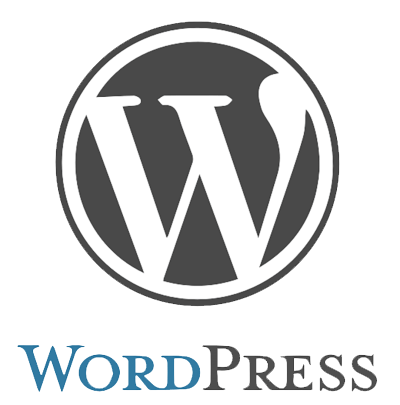WordPress Website: Choose Your Best Building Mode

In the global website building field, WordPress has maintained tens of millions of users over the long term and become the most popular open-source website building system, not merely because of its "free and open-source" nature. The more crucial reason is that it successfully addresses the common technical barriers and pain points encountered in traditional framework-based website development, making website building no longer a highly complex process requiring full code programming. Whether in highly customized page element design or theme-based template website building, WordPress provides flexible and efficient solutions for users of different levels.
Therefore, when we talk about "WordPress website building modes," we generally refer to two core paths: the first is the theme-based rapid website building mode, suitable for individuals or small and medium-sized enterprises seeking efficiency and cost control; the second is the custom design and development mode centered on website prototypes, which better aligns with medium and large enterprises focusing on brand image and differentiated experiences. Different website building modes not only determine the depth and scalability of website design, but also directly affect the flexibility of subsequent operations and long-term value.
This article will provide a detailed analysis of these two mainstream website building modes, guiding you to gain an in-depth understanding of their respective advantages and limitations, as well as how different enterprises and individuals should make decisions based on their actual needs. At the same time, we will also explore a commonly overlooked but crucial question: how to determine whether a website building company truly possesses web design and custom development capabilities, rather than merely relying on "skin-deep" template-based services.
WordPress Template Website Building Mode
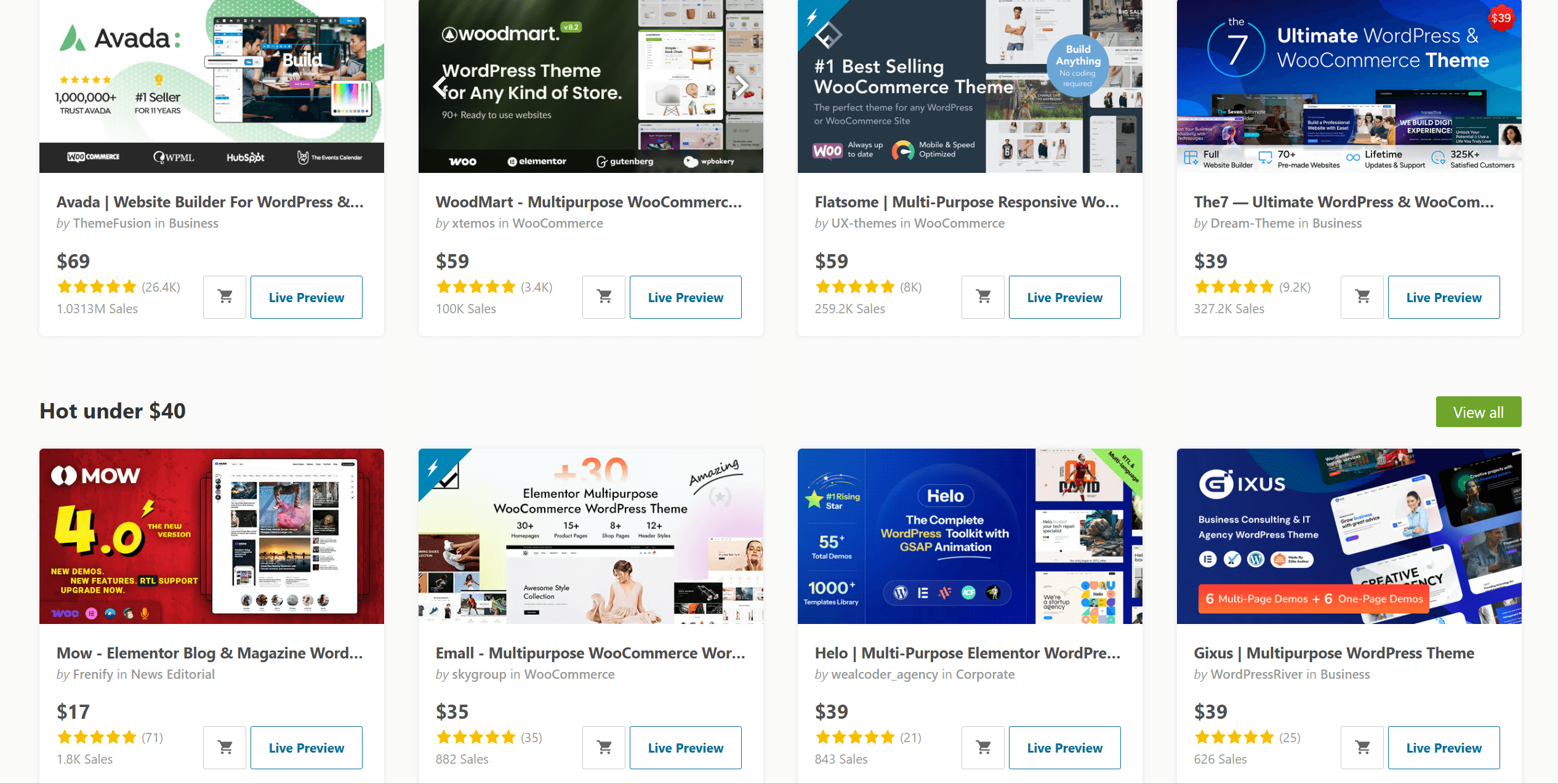
The biggest feature of the WordPress template website building mode is "short, flat, and fast" with low cost. The term "short, flat, and fast" refers to a simplified website building process, intuitive operation paths, and quick launch speed; while "low cost" is reflected in the price advantage of the WordPress theme market. Typically, a mature theme is priced between tens to one hundred US dollars, which generally converts to under 750 RMB. For budget-conscious individual users or small and medium-sized enterprises, this is undoubtedly a very user-friendly choice.
1 Convenience of One-Click Demo Installation
Almost all WordPress themes provide a one-click demo import feature. With this function, users can quickly import the page styles, layout structures, page elements, and even sample images and text content displayed by the theme into their own WordPress website. In other words, in just a few minutes, your website can closely match the presentation effect of the purchased theme, greatly lowering the threshold for website building.
2 Suitable Users and Application Scenarios
The template website building mode is particularly suitable for the following types of individuals or enterprises:
- Individual users without strong brand image requirements: such as personal blogs or resume showcase websites.
- Small and medium-sized enterprises with low requirements for website marketing and differentiated design: such as corporate promotional sites or product showcase sites.
- Website projects that need to go live quickly: such as short-term event pages or temporary special-topic sites.
The common feature of these scenarios is that the requirements for visual consistency and loading performance are not high, with more emphasis placed on building speed and controllable investment costs.
3 Costs and Hidden Time Investment
In terms of financial investment, apart from the necessary server and domain fees, the budget for the template website building mode itself usually does not exceed 750 RMB. However, it should be noted that although the financial cost is low, the time cost is often high. Users need to personally complete tasks such as replacing text, uploading images, and arranging content on each page. For beginners, unfamiliarity with WordPress operations may also lead to technical obstacles, further increasing the time required for learning and adjustments.
4 Limitations of Template Website Building
Although template website building offers a very high cost-performance ratio, it also has certain limitations:
- Fixed page structures, limiting personalized design;
- Unable to meet medium- to long-term brand upgrade needs;
- Often has bottlenecks in performance optimization and future scalability.
Therefore, template website building is more like a transitional or entry-level solution, suitable for quickly getting started, but not suitable for all enterprises as a long-term strategic website solution.
WordPress Custom Design Website Building Mode

Unlike the "rapid replication" of template-based website building, the WordPress custom design website building mode emphasizes branding, differentiation, and long-term value. Custom design refers to a process in which a professional team conducts planning, prototype design, and development based on a thorough understanding of the enterprise's brand tone and development strategy, achieving a website presentation that highly aligns with the brand. The term “prototype” here includes not only the visual design drafts of the pages but also multi-dimensional content such as user experience flows, functional logic, and marketing layouts.
1 Custom Design and Planning
During the custom design process, our team tailors interfaces and interactions that match the brand tone based on the enterprise’s brand visual guidelines or existing brand style. For example, color schemes, font choices, graphic elements, and page layouts are all aligned with the brand’s DNA, forming a unified visual identity system.
However, customization goes beyond just the visual aspect. Taking the service process of the SZLOGIC team as an example, our website building process also covers:
- User Experience Design (UX Design): Ensuring a clear website structure and intuitive operation to reduce user drop-off.
- Marketing Design (Marketing Design): Planning the SEO architecture and content layout in advance, helping the website have the potential to acquire organic traffic immediately after launch.
2 Collaboration Between SEO and Content
In the custom website building mode, SEO is no longer a “remedial step” after launch, but is integrated into the overall design from the planning stage. By properly planning page hierarchy, keyword distribution, link structure, and content modules, the website lays a solid foundation for future optimization in terms of technology and architecture. At the same time, the client team only needs to provide professional product or service content, which can seamlessly integrate with SEO planning to form a complete content marketing loop.
3 Comprehensive Advantages of Custom Website Building
Compared with template website building, the custom design website building mode offers all-around advantages:
- Visual Consistency and Brand Alignment: The website becomes a part of the brand image rather than a generic “template clone.”
- More User-Friendly Experience: Smooth operational logic reduces usage barriers.
- Stronger Organic Traffic Potential: Technical architecture and content layout naturally favor SEO.
- Significant Long-Term Value: Reduces repeated trial-and-error and learning costs, allowing enterprises to quickly enter a stable online operation track.
4 Suitable Enterprises and Application Scenarios
This mode is especially suitable for:
- Medium and large enterprises with a clear brand strategy, needing to convey professionalism and uniqueness through their website.
- Teams or individuals who value long-term online operations, hoping the website can become a core channel for customer acquisition and conversion.
- Enterprises with a sufficient budget, willing to treat website building as a long-term investment rather than a short-term expense.
It can be said that the WordPress custom design website building mode is not just a website creation solution, but also an important means to help enterprises grasp the core of internet marketing in advance. For individuals or enterprises with long-term planning, this mode can significantly shorten the trial-and-error cycle, reduce learning costs, and accelerate the achievement of website operations and business goals.
How to Determine Whether a Service Provider Truly Offers Custom Website Design
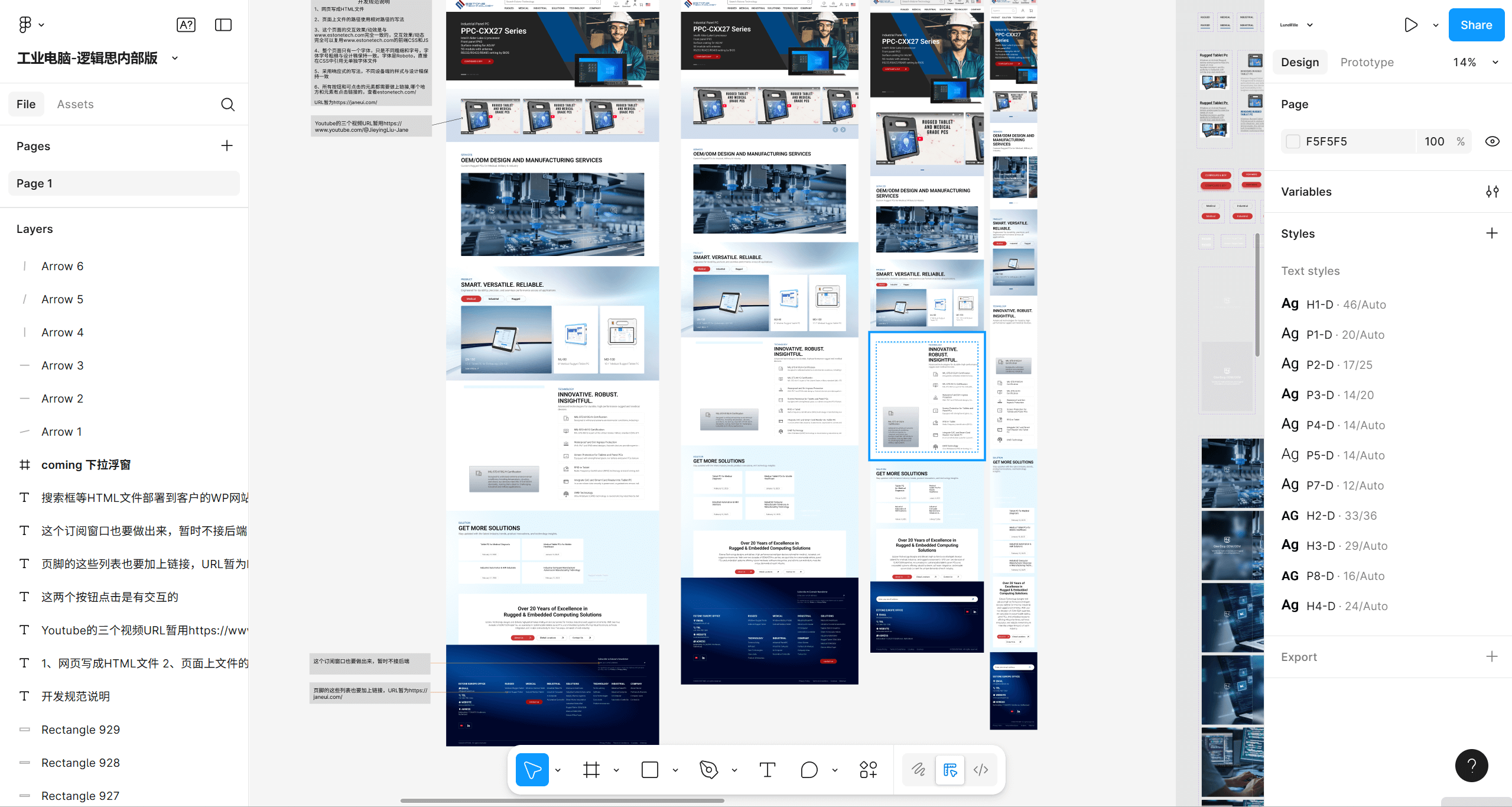
When choosing a WordPress website building company, many enterprises worry about one key question: does the provider truly offer custom design and development services, or do they merely deliver websites by applying templates? Because the investment, outcomes, and long-term value of these two modes differ significantly, it is especially important to be able to distinguish the capabilities of a service provider.
1 Understand the Service Modes of WordPress Website Companies
- Template-Based Website Building: Rapidly built using commercial theme templates, involving almost no web development technology. The operation threshold is low, and anyone willing to invest learning time and having a basic ability to solve technical issues can complete it.
- Custom Design and Development: From UI design to front-end development to functional implementation, this requires multi-role collaboration and technical expertise.
Generally speaking, WordPress website companies find it difficult to handle both modes simultaneously. The reasons are:
- The unit price and profit of template-based building are insufficient to support the long-term operation of a professional technical team;
- Teams focusing on custom design do not spread their limited resources over low-profit template projects.
Therefore, if a service provider claims to "do both templates and custom design," extra attention should be paid to whether they truly possess the corresponding professional capabilities.
2 Focus on Team Composition
To determine whether a website building company truly has custom design capabilities, you can start by looking at its team configuration:
- Whether there are professional UI/UX designers responsible for the website’s interface and interaction design;
- Whether there are front-end developers capable of converting design drafts into high-quality page code;
- Whether there are WordPress back-end developers who can perform secondary development to meet functional requirements.
The presence of these roles is often an important indicator of whether a service provider can carry out custom website design and development.
3 Request to Review UI Design Prototypes
The ultimate “litmus test” is to directly request the service provider to provide their UI design drafts (website prototypes). A true custom design team will produce clear prototype designs at the start of the project, rather than immediately importing pre-made themes.
In China, common prototype tools include MasterGo, Modao, and Figma. Internationally, Figma has become the industry standard. By reviewing these design drafts, you can visually assess:
- Whether the website’s page structure is tailored to the project;
- Whether the interaction logic has been considered from a user experience design perspective;
- Whether the visual style aligns with the brand tone.
If the service provider cannot provide UI prototypes, or only shows demo sites of pre-made themes, it can generally be concluded that their service mode is still primarily template-based.
Conclusion
Whether it is the template-based rapid website building mode or the brand-focused custom design and development mode, WordPress provides flexible options for different types of individuals and enterprises. The former meets the need for quick launch with low cost and high efficiency, while the latter, through deep integration of visual, interaction, and marketing design, gives the website long-term value and differentiated competitiveness.
When choosing a website building mode, the key is to clearly define your own needs and goals. If you only need a quickly launched showcase site, template-based building is sufficient; but if you want your website to truly become an important channel for brand communication and business growth, custom design website building is undoubtedly a more worthwhile long-term investment.
SZLOGIC Digital Technology always focuses on a “Visual Design + User Experience + Marketing Design” three-in-one WordPress website design and development solution, helping enterprises create digital assets that truly align with their brand. If you are looking for a website partner that not only makes your site “look good” but also ensures it “operates smoothly and drives conversions,” we welcome you to contact us.
This article is copyrighted by Logic Digital Technology (SZLOGIC) . Personal sharing and learning are welcome. Unauthorized use for any commercial purposes or reproduction of this article is strictly prohibited.




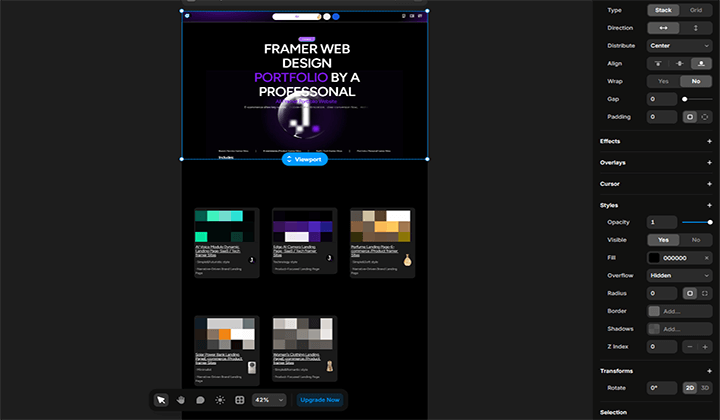
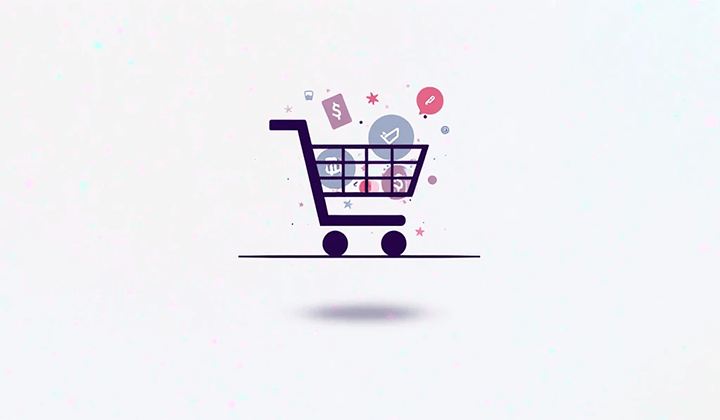
官网.png)



